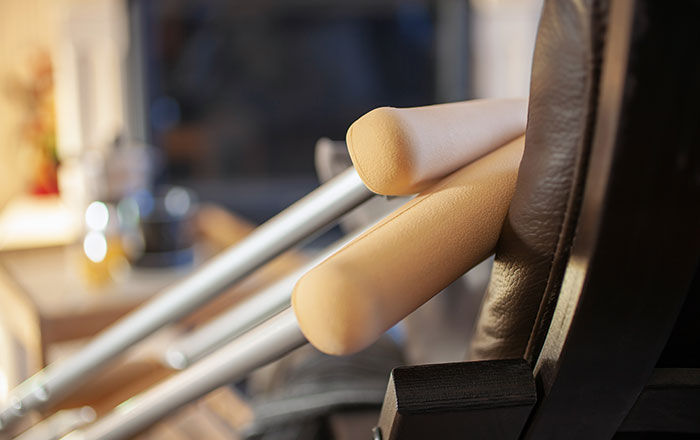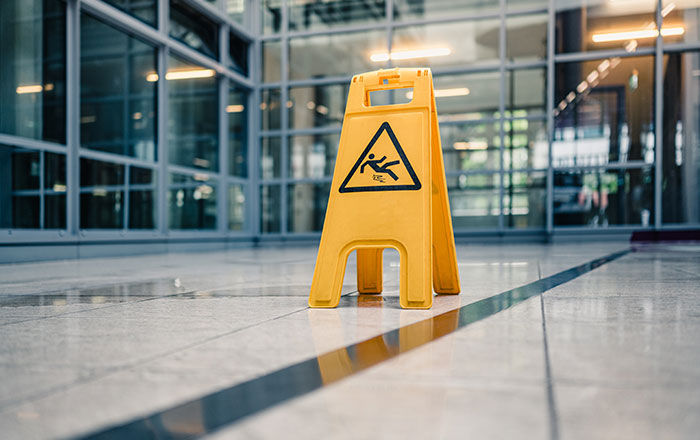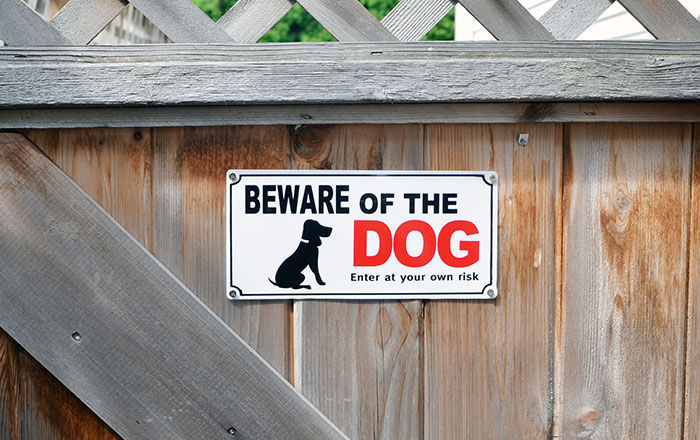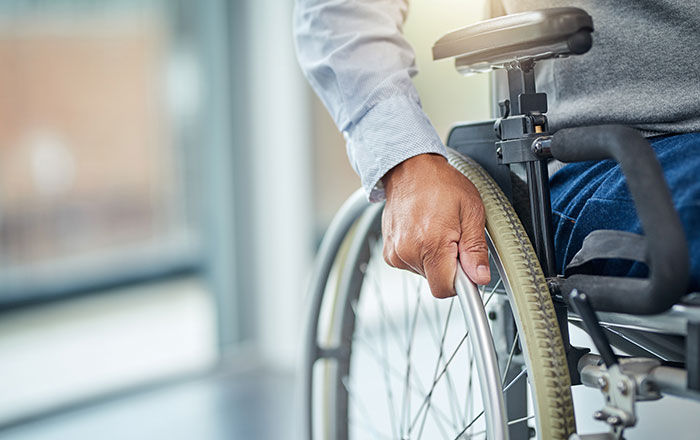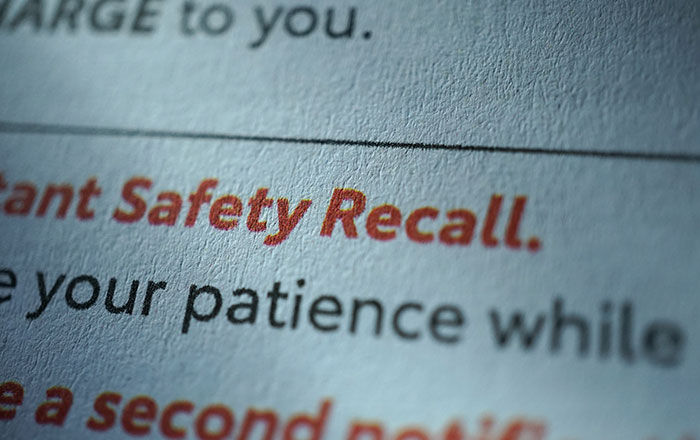In South Carolina, automobile insurance carriers are required to offer several kinds of coverage by law. Most people know about liability coverage, which is the insurance you buy to protect other people in case you’re ever at fault in a car accident. There are other kinds of insurance too – called things like “UM,” “UIM,” “PIP,” and “Med-Pay.”
People often talk about “full coverage” insurance. This means different things to different people, but “full coverage” in South Carolina means that the policy satisfies the mandatory minimums. Here is the required coverage:
- Property Damage: $25,000 per accident
- Bodily Injury: $25,000 per person / $50,000 per accident
- Uninsured Motorist Property Damage: $25,000 per accident
- Uninsured Motorist Bodily Injury: $25,000 per person / $50,000 per accident
What $25,000 / $50,000 means is that when there is a wreck causing bodily injury, the insurance will pay up to $25,000 per individual and $50,000 total to all people injured in the wreck. Medical bills add up quickly after accidents and can rapidly exceed the $25,000 / $50,000 carried by most South Carolina drivers.
So how about those other types of insurance? Well, you can see that the state requires Uninsured Motorist Insurance. This is called “UM.” Its close cousin is UIM, or Under-insured Motorist Insurance. All insurance carriers doing business in South Carolina are required to offer UIM coverage to their customers.
Check back next week and we’ll continue discussing the different kinds of car insurance and how each one of them works. As you can see, insurance is complicated. That’s why it can help to get a lawyer when you’ve been in an accident. Contact McWhirter, Bellinger, & Associates to put our experience dealing with automobile insurance to work for you.
Underinsured Motorist Insurance, known as “UIM.”
UIM is a type of insurance you buy to protect yourself and your passengers when there isn’t enough liability coverage on the at-fault driver’s policy to fully compensate you for all your injuries. After you’ve collected the full policy limits from the at-fault driver’s liability insurance, UIM kicks in to cover your excess damages.
Here’s an example of how it works: Bill was t-boned by a driver who ran a red light. After hospitalization, he had over $90,000 in medical bills. The at-fault driver had minimum-limits coverage. Bill would be entitled to collect $25,000 from the at-fault driver’s liability insurance, then, because he has UIM coverage, he could turn to his policy to cover his remaining damages.
Medical bills add up quickly after an accident and can easily exceed the $25,000 / $50,000 minimum-limits coverage carried by many South Carolina drivers.
You can buy UIM coverage up to a value matching that of your liability coverage. In South Carolina, your insurer is required to make a meaningful offer of UIM coverage. If an insurer fails to make a meaningful offer, you can sue to have a court “reform” your insurance policy to include UIM coverage.
According to the South Carolina Department of Public Safety’s Traffic Collision Fact Book, there is a wreck in our state every 4.7 minutes. Someone is injured every 16.9 minutes. It is therefore important that you consider buying UIM coverage to protect yourself and the passengers in your vehicle.
PIP / Med-Pay, Comprehensive / Collision, and GAP.
Personal Injury Protection (known as “PIP”) or Med-Pay coverage are two similar types of coverage. Sometimes these are called “no-fault insurance.” This is because they pay whether or not you contributed to the accident or were placed at fault. They provide coverage for medical bills and other related expenses incurred by you or your passengers when you are in an accident.
In South Carolina, the coverage is called PIP. In some other states, like Georgia and North Carolina, it is called Med-Pay. Be sure that you collect this coverage whenever you were in a wreck that resulted in collision. If you have it, you pay for it and your insurer owes it to you. We can help you with that process.
Collision and Comprehensive coverage are also close cousins. They are both optional, but sometimes a lender will require them to protect its collateral. Collision coverage comes into play when your car collides with another object, like a tree or parked car. It will pay to have your car repaired or totaled out. Comprehensive coverage pays to repair or replace your car when it is damaged by something other than a collision, like a flood, storm, falling tree limb, or vandalism.
One final important type of insurance coverage is Guaranteed Asset Protection coverage (called “GAP”). GAP protects you when a financed vehicle is declared a total loss. Remember that liability coverage will pay the market or “book” value of a totaled car.
Sometimes this amount is less than the current loan balance, leaving you stuck with a car payment for a car you no longer own. That’s where GAP coverage can step in and pay off the loan balance. This is especially important on newly purchased cars or on cars purchased with little money down.




